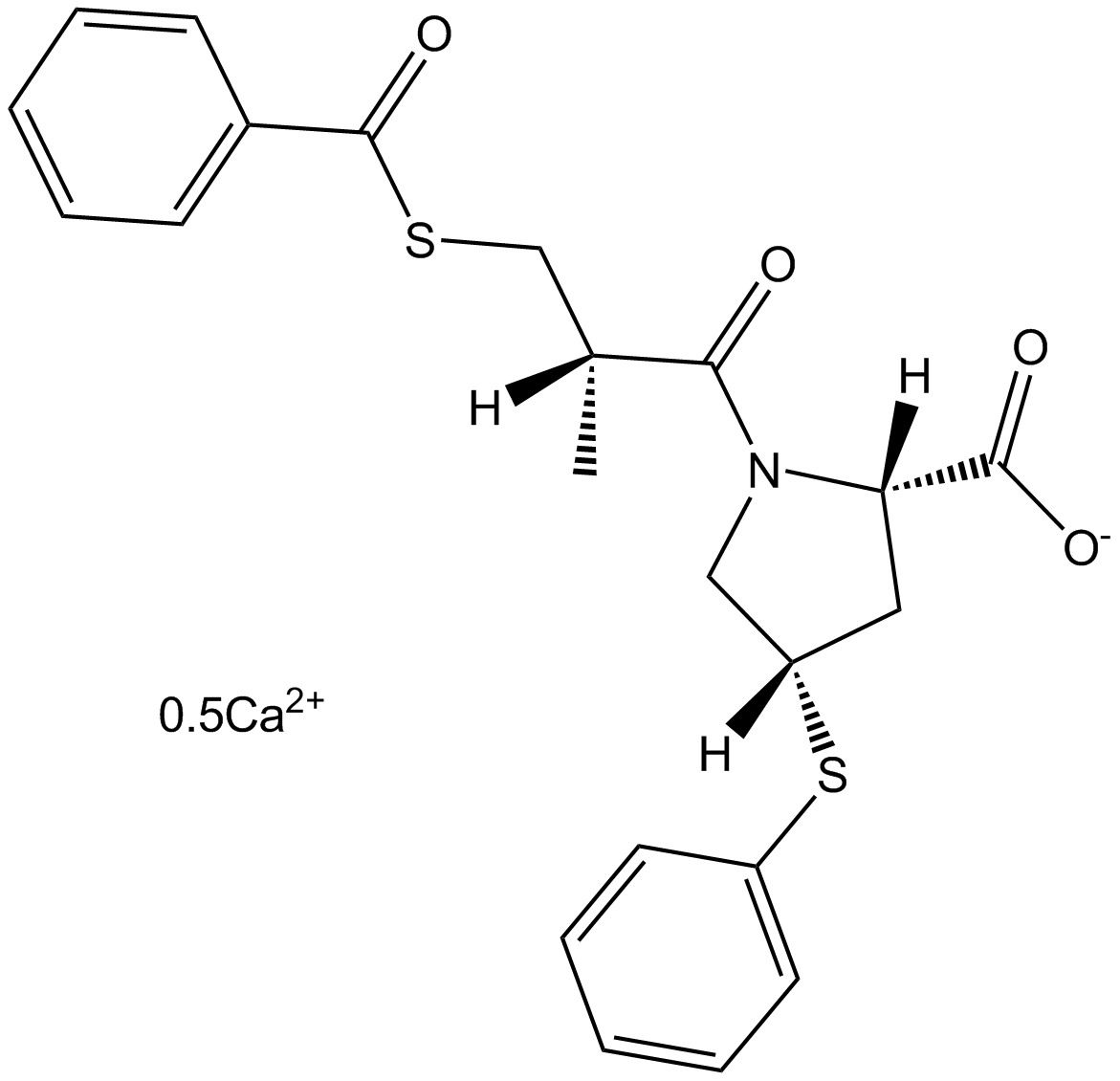Reactive Oxygen Species
Reactive oxygen species (ROS), such as superoxide anion (O2-), hydrogen peroxide (H2O2), and hydroxyl radical (HO•), consist of radical and non-radical oxygen species formed by the partial reduction of oxygen. Cellular ROS are generated endogenously during mitochondrial oxidative metabolism as well as in cellular response to xenobiotics, cytokines, and bacterial invasion.
ROS also activates MAPK pathways by the direct inhibition of MAPK phosphatases. Through PTEN, the PI3K pathway is subject to reversible redox regulation by ROS generated by growth factor stimulation. The activation of autophagy may be a cellular defense mechanism in response to ROS.
Targets for Reactive Oxygen Species
Products for Reactive Oxygen Species
- Cat.No. Product Name Information
-
GC47980
Propionyl-L-carnitine-d3 (chloride)
An internal standard for the quantification of propionyl-L-carnitine
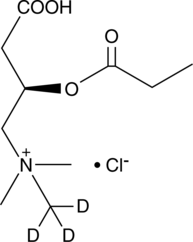
-
GC49120
Prosaptide TX14(A) (trifluoroacetate salt)
A peptide fragment of prosaposin and GPR37L1 and GPR37 agonist

-
GN10805
Protopanaxdiol
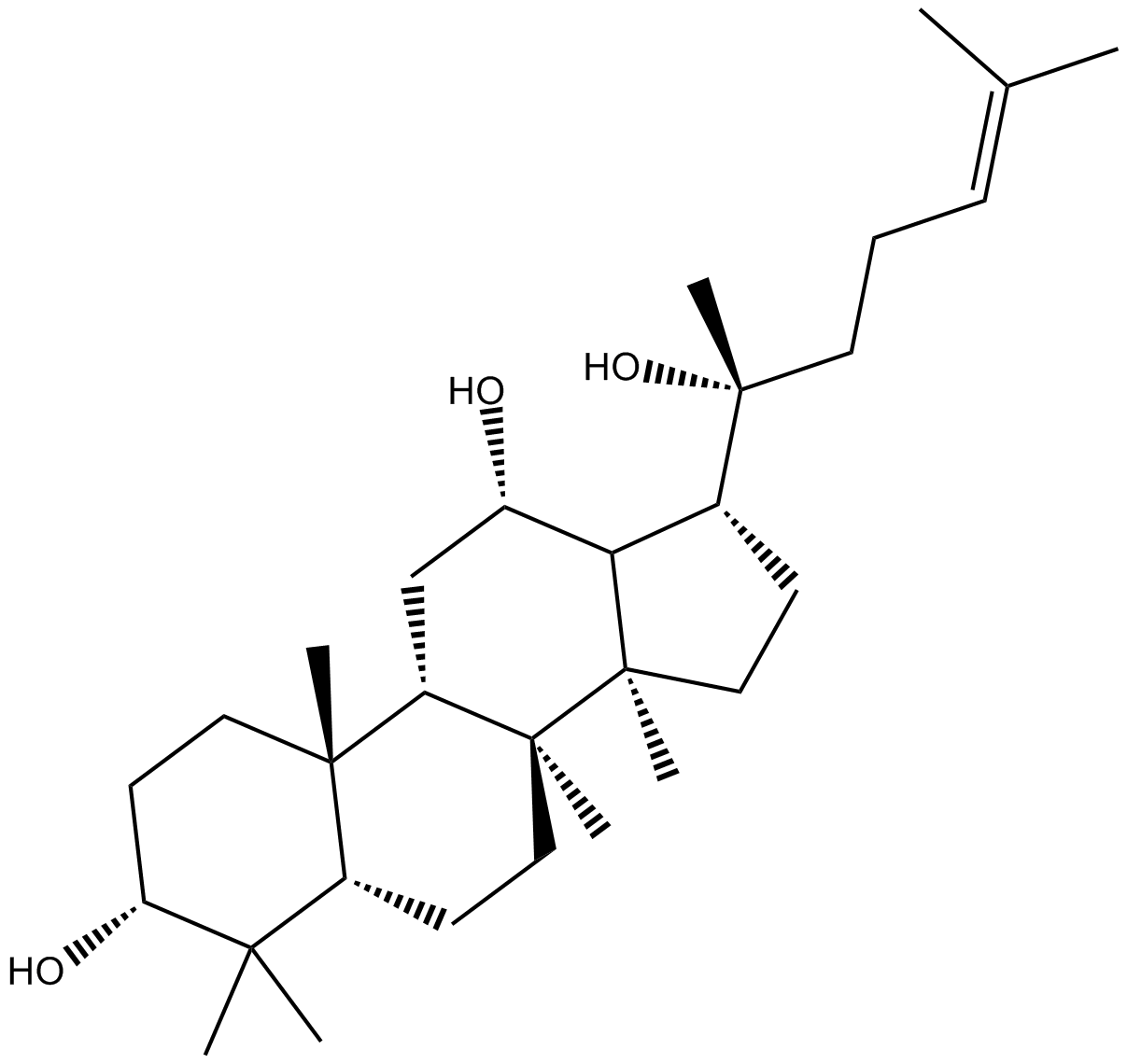
-
GN10237
Protopine
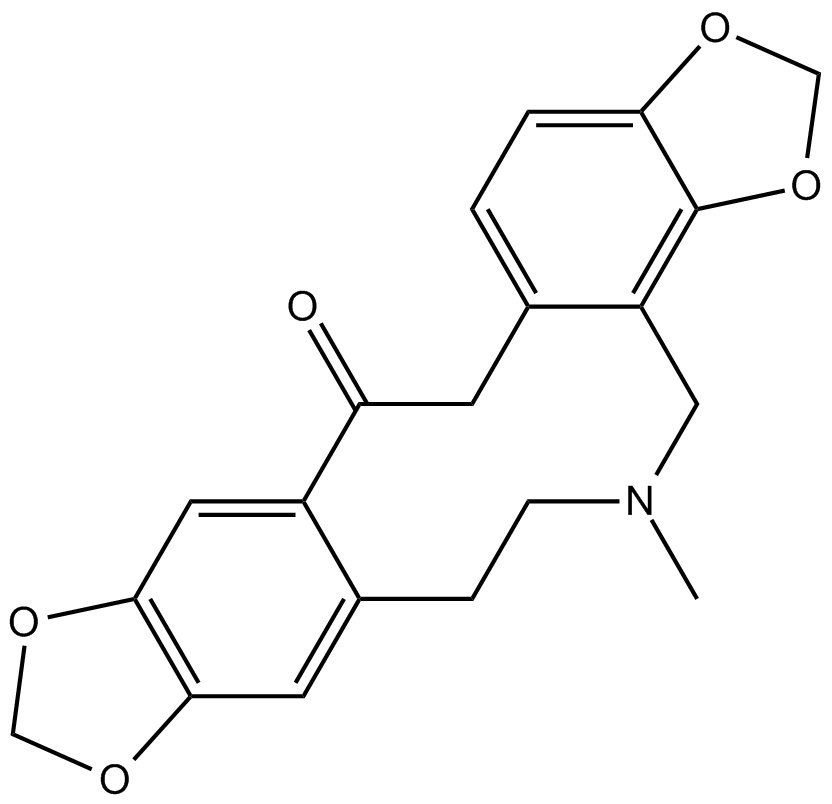
-
GC14847
Psoralidin
apoptosis inducer
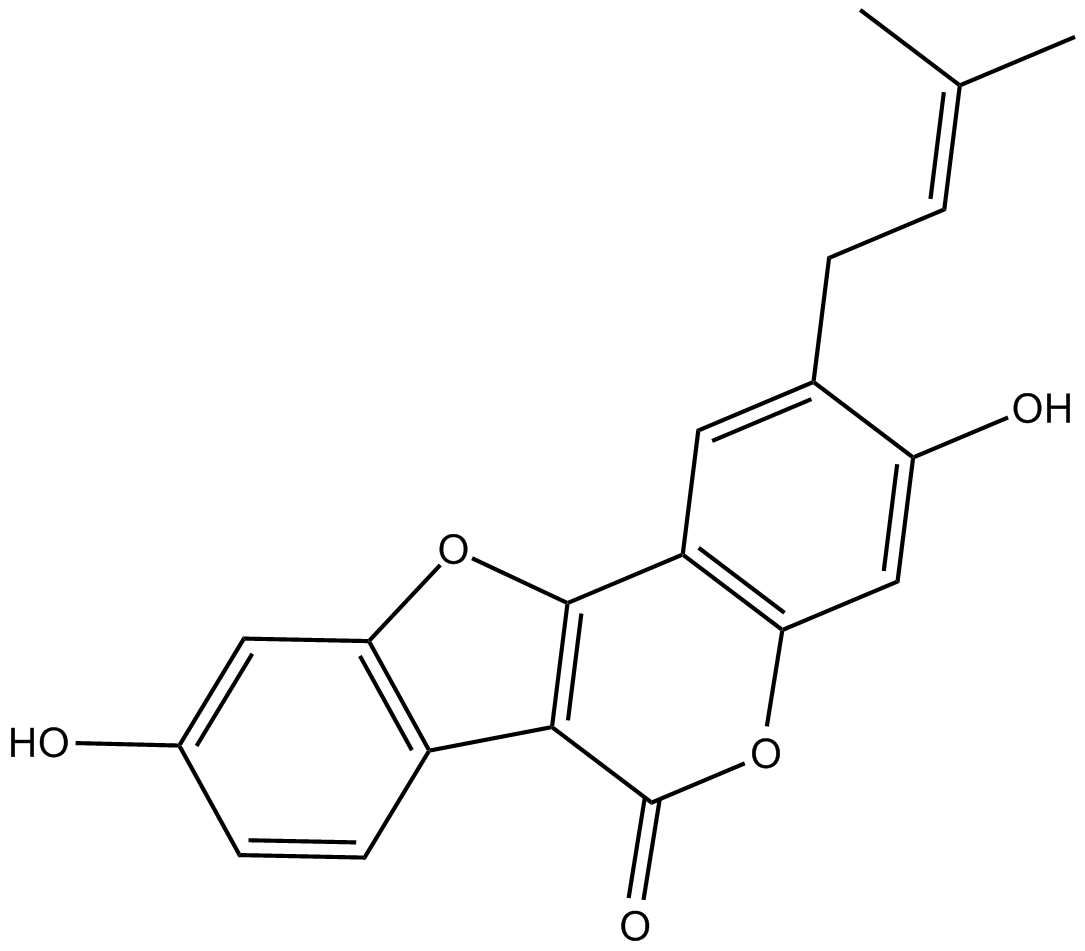
-
GC40006
Pyranonigrin A
Pyranonigrin A is a fungal metabolite originally isolated from Aspergillus that has antioxidant activity.
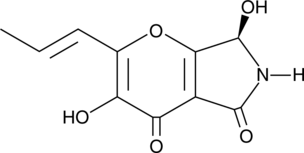
-
GC48019
Quercetin (hydrate)
A flavonoid with diverse biological activities
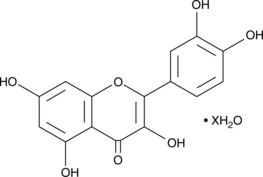
-
GN10814
Quercitrin
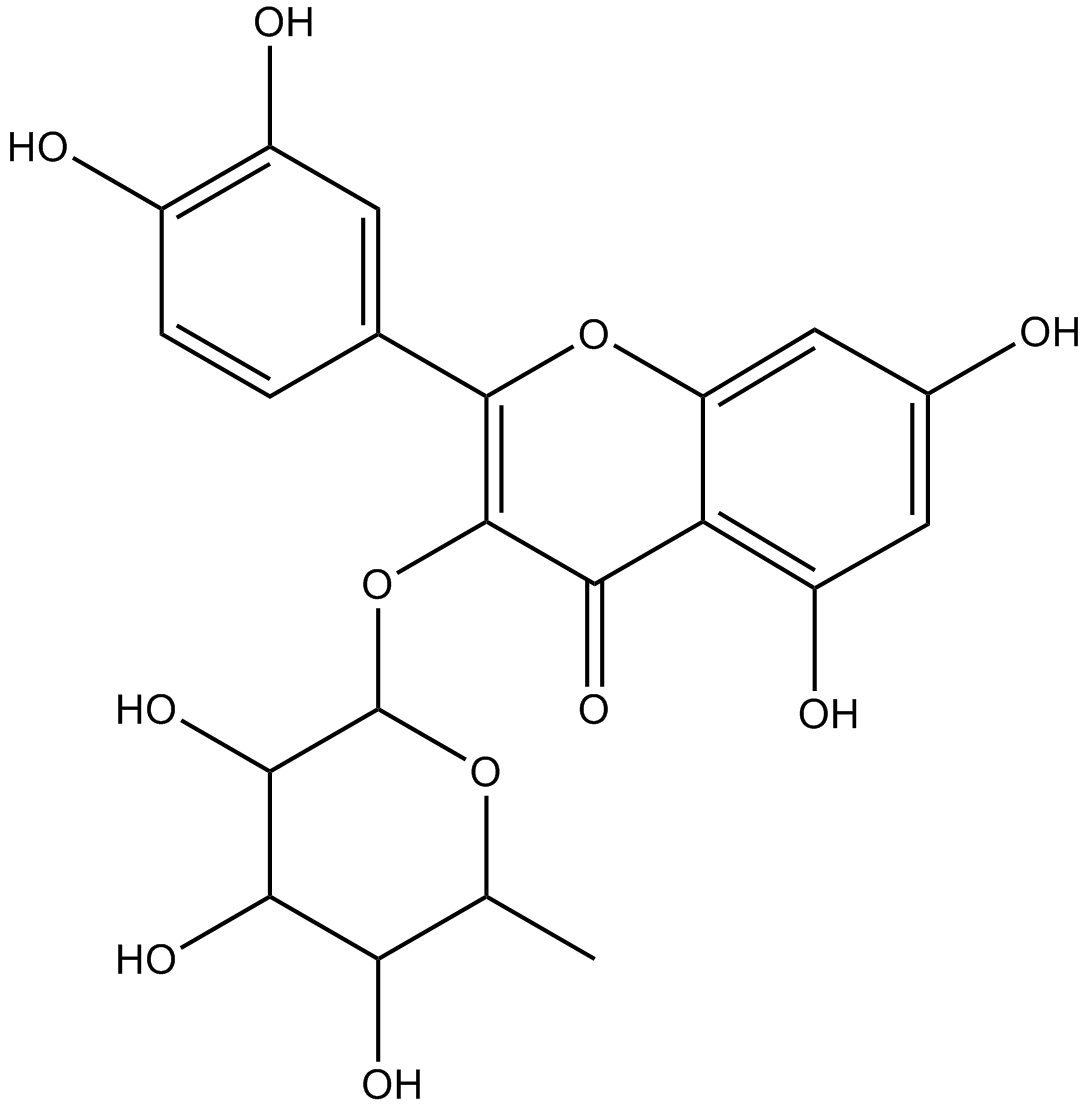
-
GC62399
RA375
RA375 is a RPN13 (26S proteasome regulatory subunit) inhibitor. RA375 activates UPR signaling, ROS production and apoptosis. RA375 exhibits ten-fold greater activity against cancer lines than RA190, reflecting its nitro ring substituents and the addition of a chloroacetamide warhead.
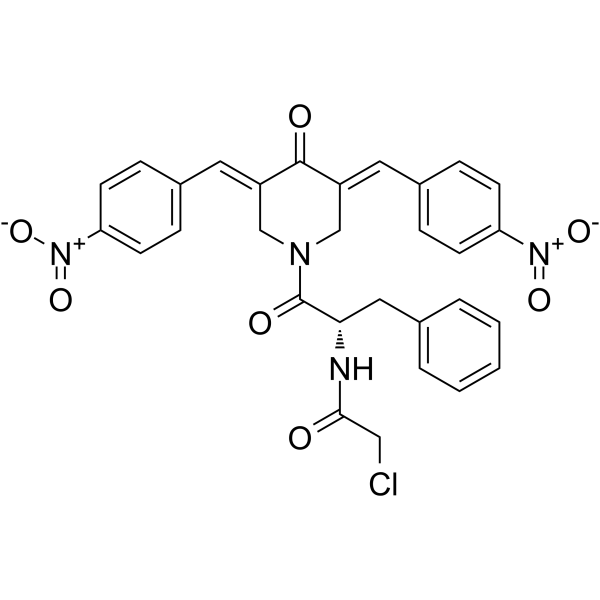
-
GC66363
Randialic acid B
Randialic acid B, a triterpenoid compound, is a formyl peptide receptor 1 (FPR1) antagonist. Randialic acid B blocks FPR1 in human neutrophils and attenuates psoriasis-like inflammation in vivo.
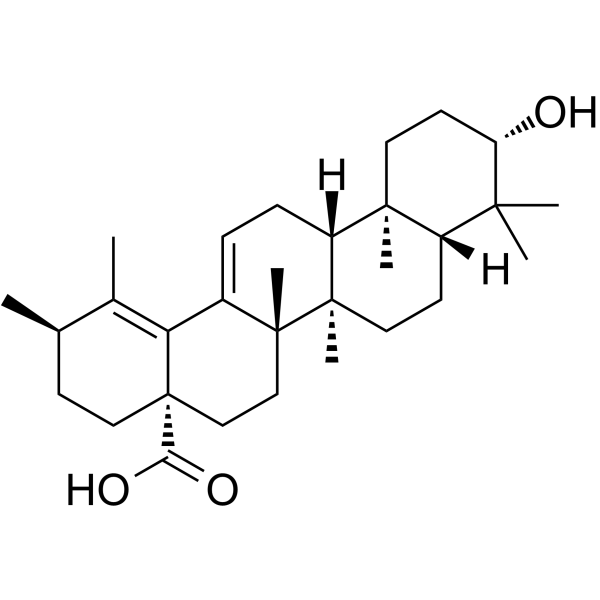
-
GC48029
RC363
An inhibitor of ferroptosis
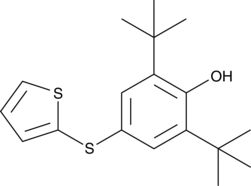
-
GC48030
RC574
An inhibitor of ferroptosis
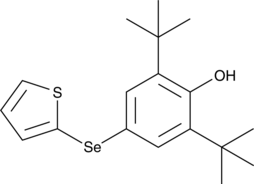
-
GC49790
Reuterin
Reuterin is a broad-spectrum antimicrobial agent active against Gram positive and Gram negative bacteria, as well as yeasts, moulds and protozoa.

-
GC34758
Reynoutrin
Reynoutrin (Quercetin-3-D-xyloside) is a flavonoid from Psidium cattleianum, with antioxidant and radical-scavenging activity.
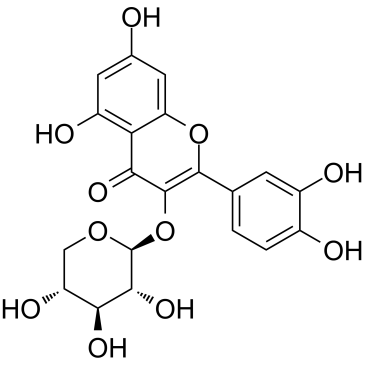
-
GN10475
Rhein
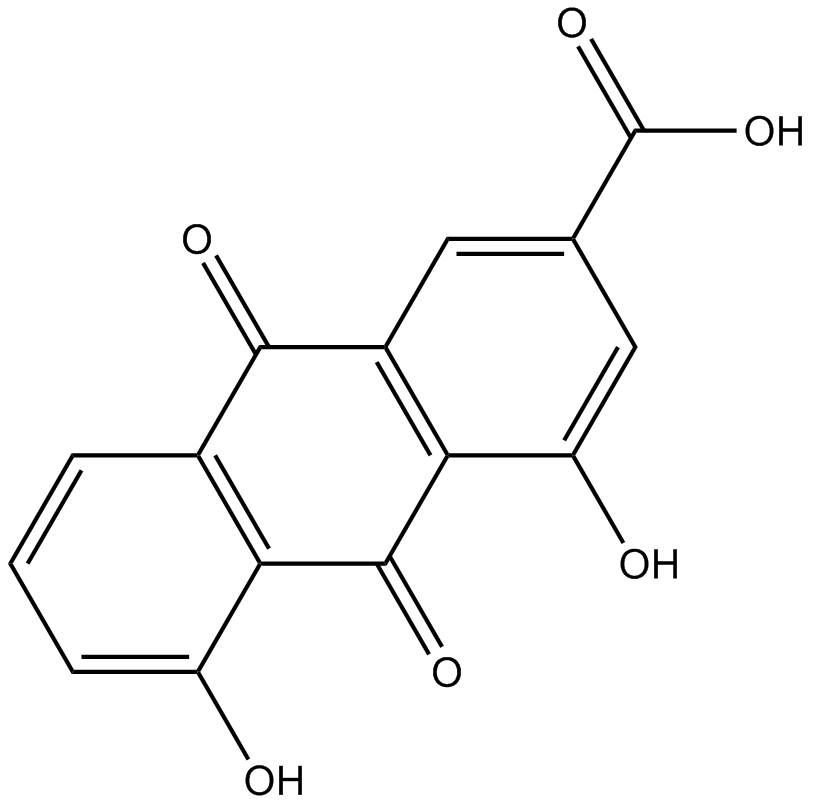
-
GC37531
Riboflavin Tetrabutyrate
Riboflavin Tetrabutyrate is a lipophilic flavin derivative with antioxidative and lipid peroxide-removing activity.
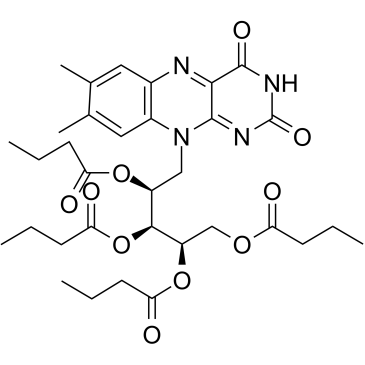
-
GC67903
RIDR-PI-103

-
GC39239
Rifamycin S
Rifamycin S, a quinone, is an antibiotic against Gram-positive bacteria (including MRSA).
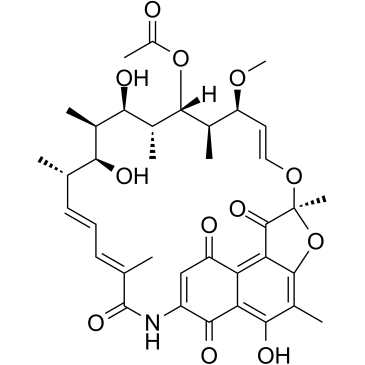
-
GC48401
Risuteganib (trifluoroacetate salt)
An anti-integrin peptide
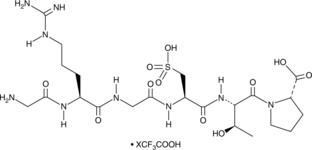
-
GC69831
ROS-ERS inducer 1
ROS-ERS inducer 1 is a type II ICD (immunogenic cell death) inducer. It is a Pt(II)-N-heterocyclic carbene (Pt(II)-NHC) complex derived from 4,5-diphenylimidazole. ROS-ERS inducer 1 successfully induces endoplasmic reticulum stress (ERS) accompanied by the production of reactive oxygen species (ROS), ultimately leading to the release of damage-associated molecular patterns (DAMPs) in HCC cells. ROS-ERS inducer 1 exhibits much higher anti-cancer activity than cisplatin.

-
GC39100
Rutaevin
Rutaevin is isolated from the fruits of Euodia rutaecarpa.
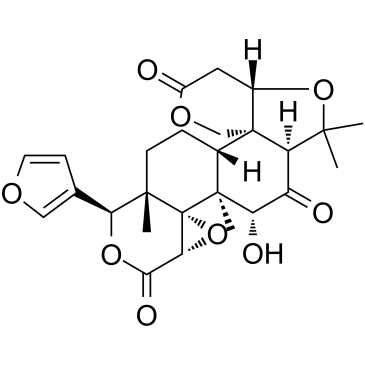
-
GN10693
Rutin
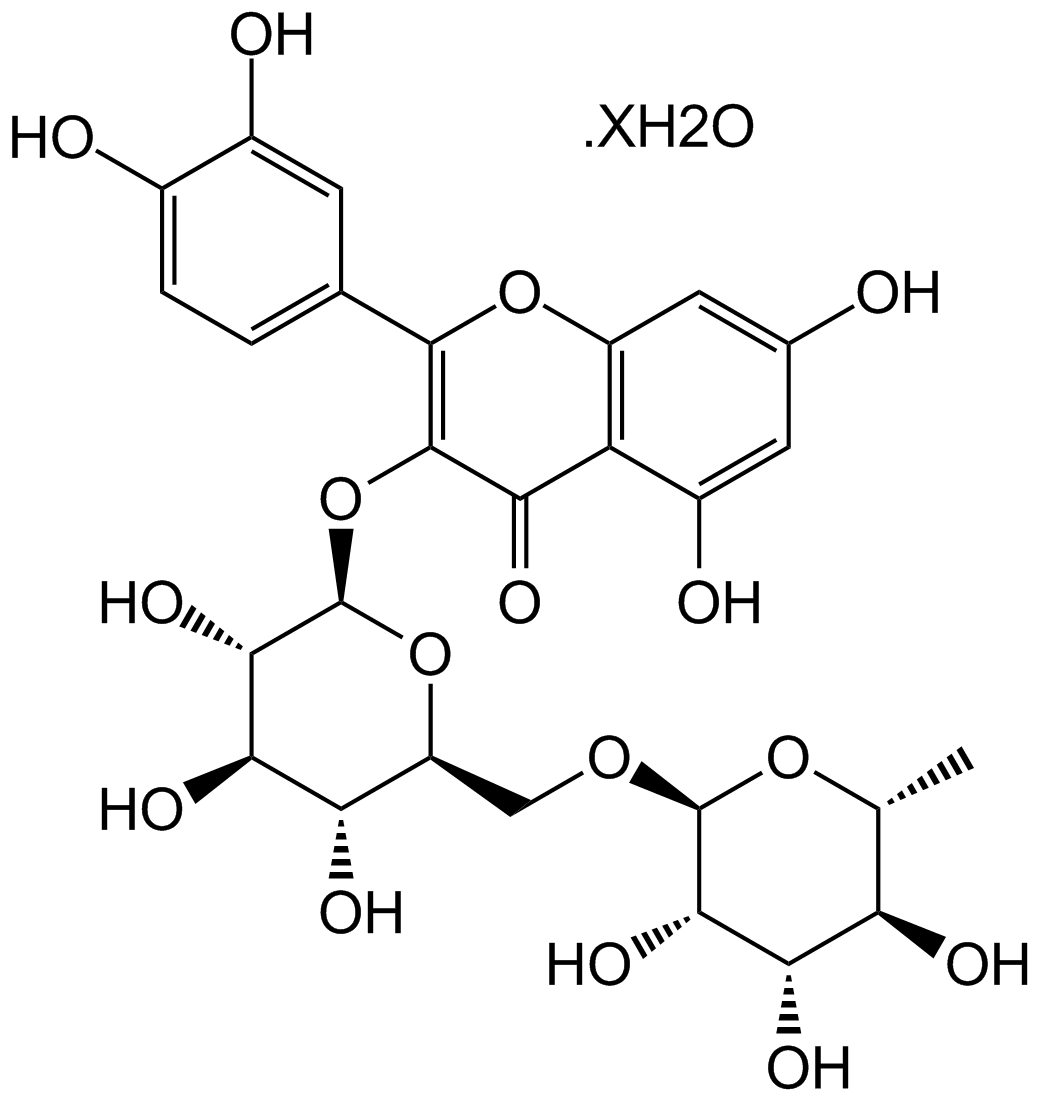
-
GC44860
S1QEL1.1
S1QEL1.1 is a small molecule that suppresses superoxide production during reverse electron transport through the IQ site of the mitochondrial respiratory complex I (IC50 = 70 nM) without affecting oxidative phosphorylation.

-
GC12517
Sasapyrine
Sasapyrine, a non-acetylated salicylate, is an effective antirheumatic drug that bypasses gastric absorption and also avoids cyclooxygenase inhibition.
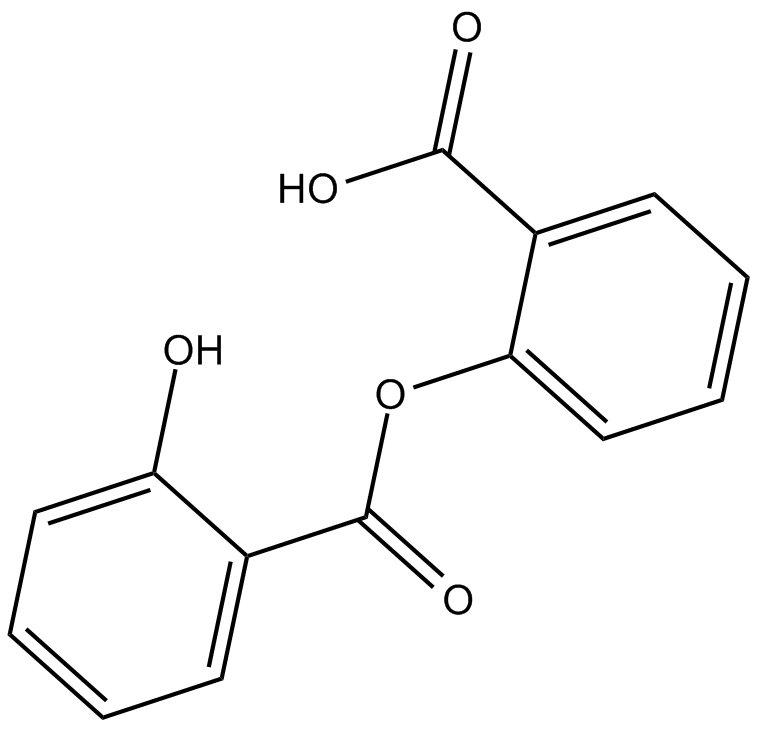
-
GC46219
Satratoxin H
A trichothecene mycotoxin
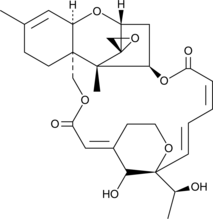
-
GN10132
Schizandrin B
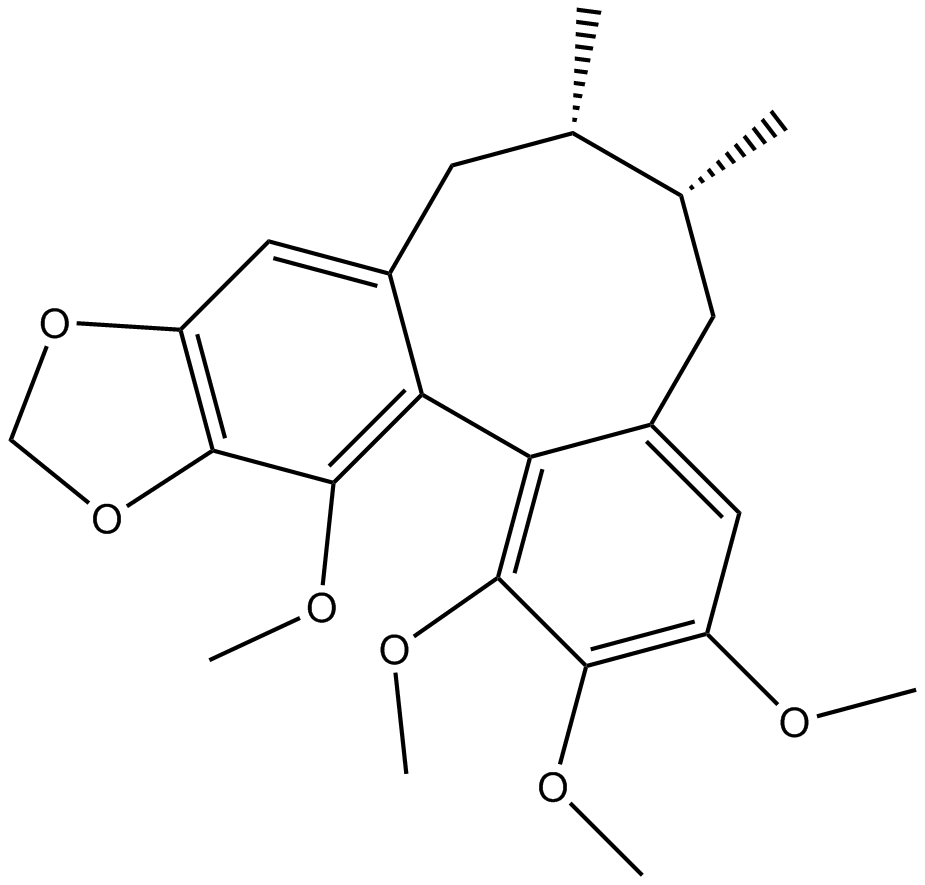
-
GC48973
Sekikaic Acid
A lichen metabolite with diverse biological activities
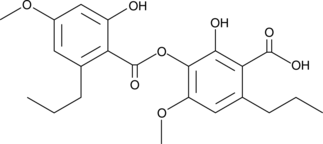
-
GC62242
Sideroxylin
Sideroxylin is a C-methylated flavone isolated from Callistemon lanceolatus and exerts antimicrobial activity against Staphylococcus aureus.
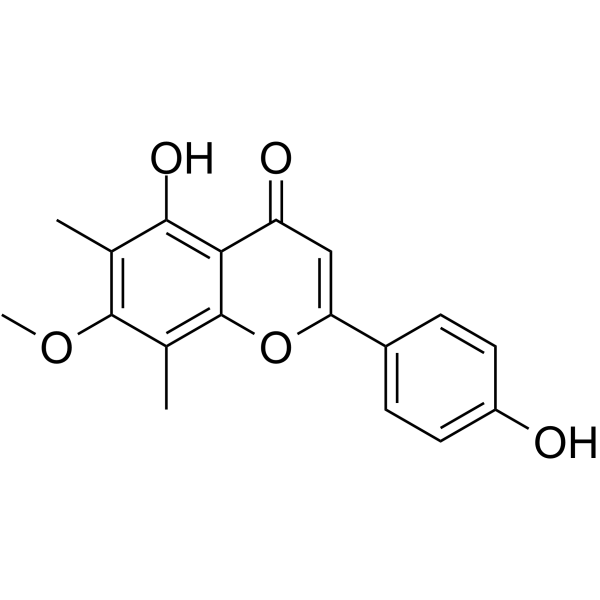
-
GN10292
Silibinin
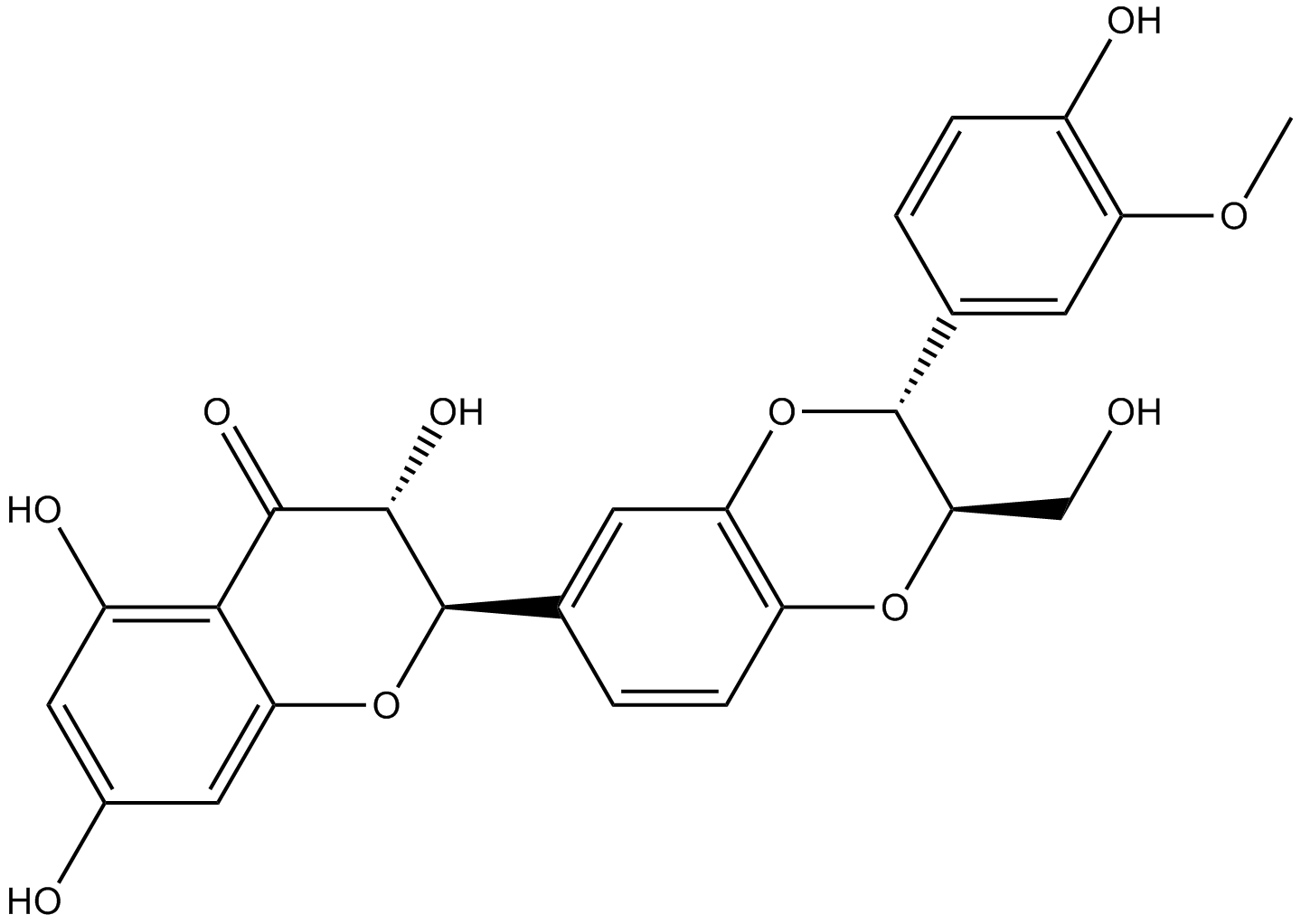
-
GC30033
Sinapine thiocyanate
Sinapine thiocyanate is an alkaloid isolated from seeds of the cruciferous species. Sinapine thiocyanate exhibits anti-inflammatory, anti-oxidant, anti-tumor, anti-angiogenic and radio-protective effects. Sinapine thiocyanate is also an acetylcholinesterase (AChE) inhibitor and can be used for the research of Alzheimer’s disease, ataxia, myasthenia gravis, and Parkinson’s disease.
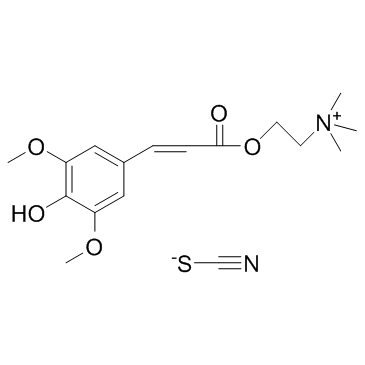
-
GC31511
Sinapinic acid (Sinapic acid)
Sinapinic acid (Sinapic acid) (Sinapic acid) is a phenolic compound isolated from Hydnophytum formicarum Jack.
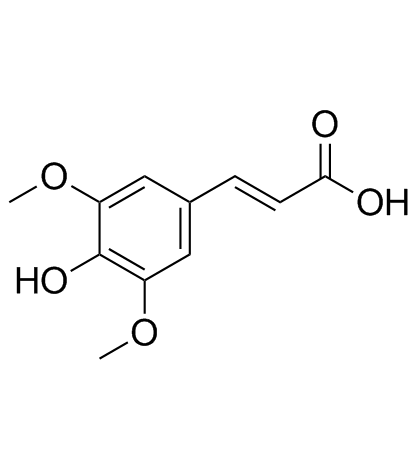
-
GC13616
Sodium ascorbate
Sodium ascorbate (Sodium L-ascorbate), an electron donor, is an endogenous antioxidant agent. Sodium ascorbate inhibits selectively Cav3.2 channels with an IC50 of 6.5 μM. Sodium ascorbate is also a collagen deposition enhancer and an elastogenesis inhibitor.
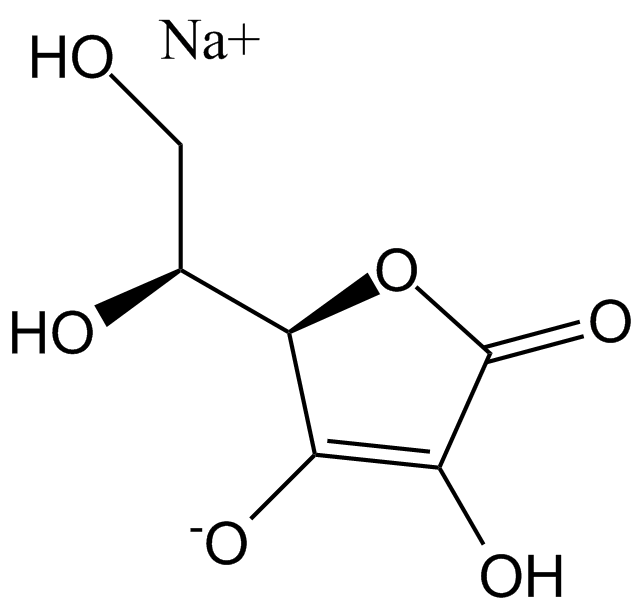
-
GC37661
Sodium formononetin-3'-sulfonate
Sodium formononetin-3'-sulfonate (Sul-F) is a water-sol.
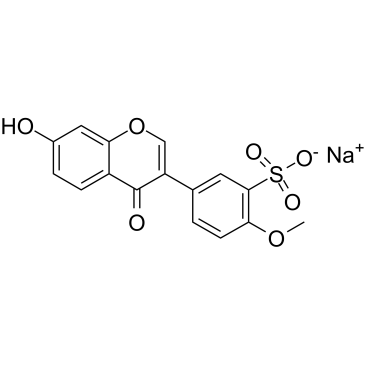
-
GC62370
Sodium thiocyanate
Sodium thiocyanate reduces plasma levels of the pro-inflammatory cytokine IL-6, and increases the anti-inflammatory cytokine IL-10 levels.
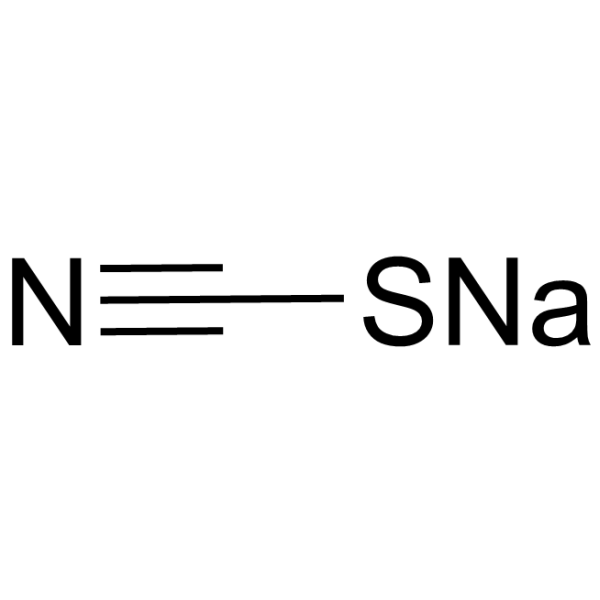
-
GC63197
Sonlicromanol
Sonlicromanol (KH176) is an orally active reactive oxygen species (ROS) modulator for the study in mitochondrial disease.
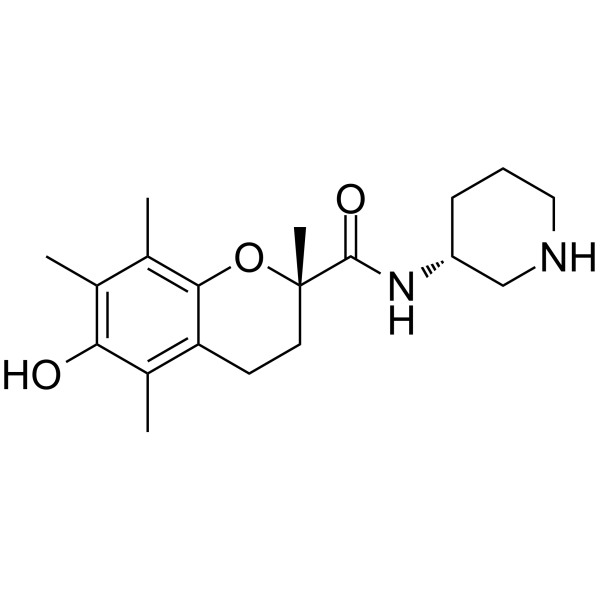
-
GC63198
Sonlicromanol hydrochloride
Sonlicromanol (KH176) hydrochloride, a chemical entity derivative of Trolox, is a blood-brain barrier permeable ROS-redox modulator.
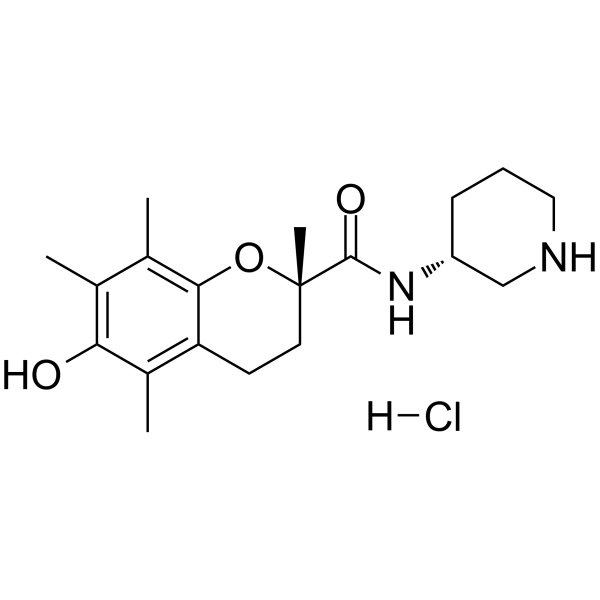
-
GC44918
SOTS-1 (technical grade)
Superoxide radical anion is a toxic by-product of mitochondrial respiration that is formed from approximately 1-4% of the oxygen metabolized by aerobic organisms.

-
GC64234
Spiraeoside
Spiraeoside, an orally active natural compound, exerts antioxidant activity, inhibits reactive oxygen species (ROS) and malondialdehyde production.
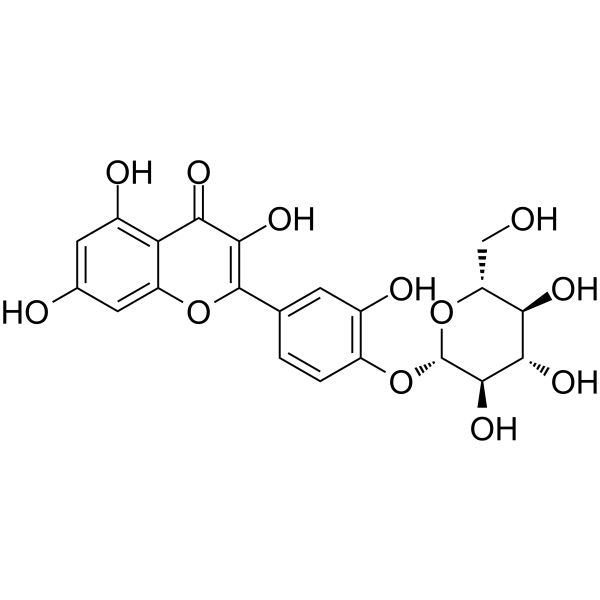
-
GC32216
Squalene (Super Squalene)
Squalene (Super Squalene) is an intermediate product in the synthesis of cholesterol, and shows several pharmacological properties such as hypolipidemic, hepatoprotective, cardioprotective, antioxidant, and antitoxicant activity.
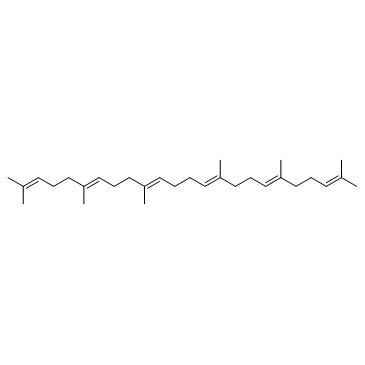
-
GC40922
SRS11-92
SRS11-92 is a ferroptosis inhibitor and a derivative of ferrostatin-1.
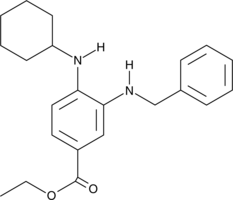
-
GC44947
SRS16-86
A ferroptosis inhibitor
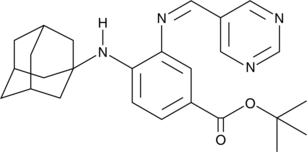
-
GC49500
Stobadine
A pyridoindole antioxidant
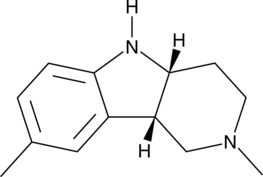
-
GC31709
Succinobucol (AGI-1067)
Succinobucol (AGI-1067) is a phenolic antioxidant with anti-inflammatory and antiplatelet effects.
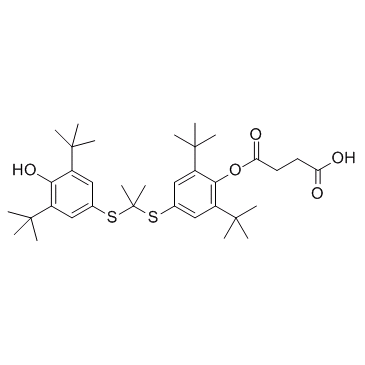
-
GC37700
Succinyl phosphonate trisodium salt
Succinyl phosphonate trisodium salt is an α-ketoglutarate dehydrogenase (KGDHC) inhibitor, effective inhibits (KGDHC) in muscle, bacterial, brain, and cultured human fibroblasts.
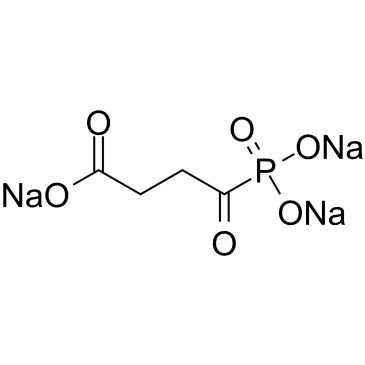
-
GC30532
Sulcotrione
Sulcotrione is a β-triketone herbicide which can inhibit hydroxyphenylpyruvate dioxygenase (HPPD).
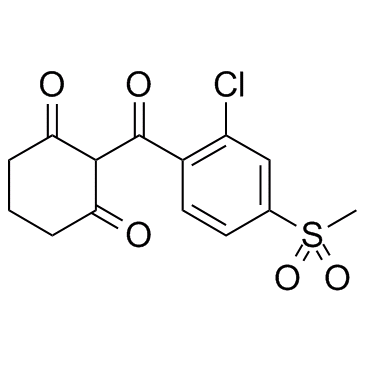
-
GC48764
Sydowinin B
A xanthone polyketide with immunosuppressant activity
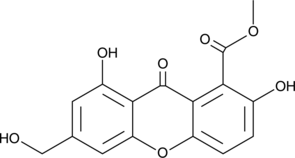
-
GC44989
TAN 420E
TAN 420E is a bacterial metabolite originally isolated from Streptomyces.
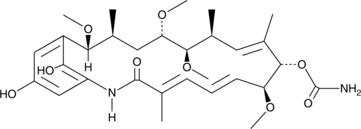
-
GC49426
Taurine-d4
An internal standard for the quantification of taurine
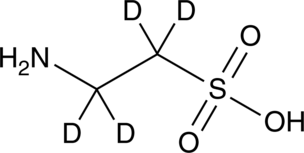
-
GC39512
Tempo
Tempo is a classic nitroxide radical and is a selective scavenger of ROS that dismutases superoxide in the catalytic cycle. Tempo induces DNA-strand breakage. Tempo can be used as an organocatalyst for the oxidation of primary alcohols to aldehydes. Tempo has mutagenic and antioxidant effects.
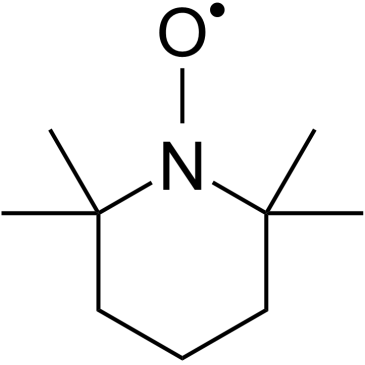
-
GC45010
TEMPONE
2,2,6,6-Tetramethylpiperidin-1-oxyl (TEMPO) is a stable radical that will react with reactive oxygen species (ROS).
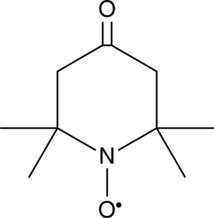
-
GC34115
Tetrahydroxyquinone (Tetrahydroxy-1,4-benzoquinone)
Tetrahydroxyquinone (Tetrahydroxy-1,4-benzoquinone) (Tetrahydroxy-1,4-benzoquinone), a primitive anticataract agent, is a redox active benzoquinone. Tetrahydroxyquinone (Tetrahydroxy-1,4-benzoquinone) can take part in a redox cycle with semiquinone radicals, leading to the formation of reactive oxygen species (ROS).
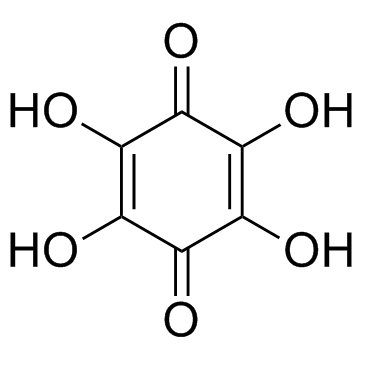
-
GC61665
Tetrahydroxyquinone monohydrate
Tetrahydroxyquinone monohydrate (Tetrahydroxy-1,4-benzoquinone monohydrate), a primitive anticataract agent, is a redox active benzoquinone. Tetrahydroxyquinone monohydrate can take part in a redox cycle with semiquinone radicals, leading to the formation of reactive oxygen species (ROS).
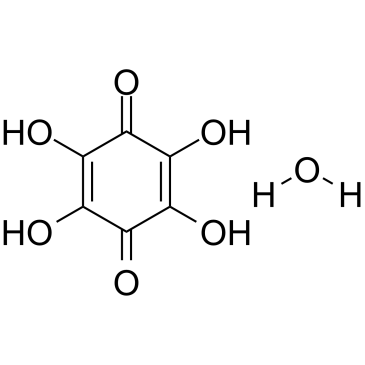
-
GC48162
Theobromine-d6
An internal standard for the quantification of theobromine
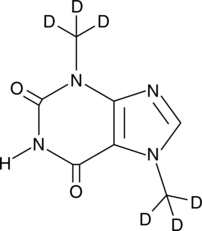
-
GC45578
Thymohydroquinone
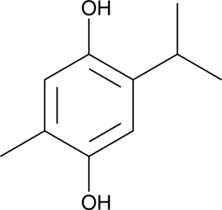
-
GC49062
Tiopronin-d3
An internal standard for the quantification of tiopronin
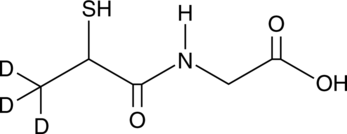
-
GC45059
TMB (hydrochloride hydrate)
TMB is an aromatic amine that undergoes oxidation by the higher oxidation states of heme peroxidases (compounds I and II) thereby serving as a reducing co-substrate.

-
GC31377
Tofogliflozin hydrate (CSG-452 hydrate)
Tofogliflozin hydrate (CSG-452 hydrate) is a potent and highly specific sodium/glucose cotransporter 2 (SGLT2) inhibitor with an IC50 of 2.9 nM and Ki values of 2.9 nM, 14.9 nM, and 6.4 nM for human, rat, and mouse SGLT2.
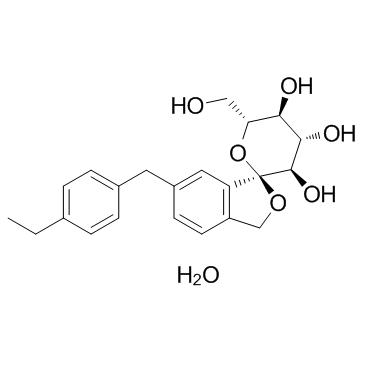
-
GC45066
Tosyl Phenylalanyl Chloromethyl Ketone
Tosyl Phenylalanyl Chloromethyl Ketone (L-1-Tosylamido-2-phenylethyl chloromethyl ketone; L-Tosyl Phenylalanyl Chloromethyl Ketone) is a potent serine protease inhibitor that reacts with the retinoblastoma protein (RB)-binding core of HPV-18 E7 protein and abolish its RB-binding capability.
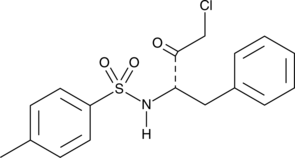
-
GC48194
trans-Resveratrol-d4
An internal standard for the quantification of trans-resveratrol
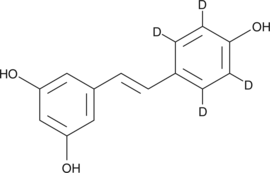
-
GC40736
trans-trismethoxy Resveratrol
Trans-Trimethoxyresveratrol is a derivative of Resveratrol (RSV),and it may be a more potent anti-inflammatory, antiangiogenic and vascular-disrupting agent when compared with resveratrol.
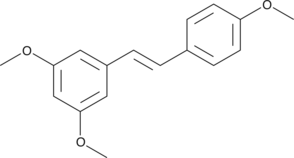
-
GC48414
Tribuloside (hydrate)
A flavonoid with antibacterial and antioxidant activities
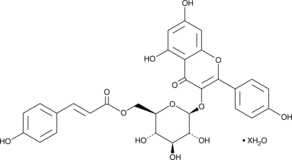
-
GC40928
Trimethylamine N-oxide
Trimethylamine N-oxide (TMAO) is a product of the oxidation of TMA by flavin-containing mono-oxygenase 3 in the liver.
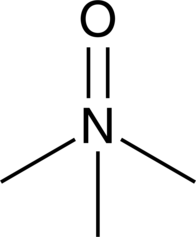
-
GC19457
Trolox
Trolox is a cell-permeable, water-soluble derivative of vitamin E with potent antioxidant properties.
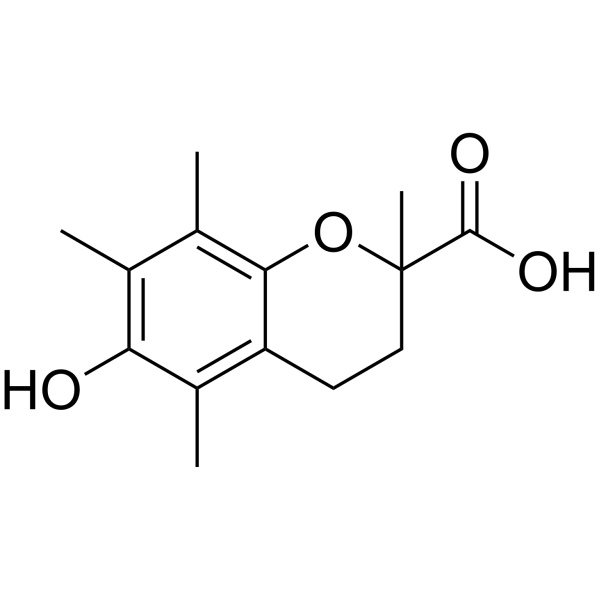
-
GC68461
TrxR-IN-5

-
GC49329
Turkesterone (hydrate)
A phytoecdysteroid with diverse biological activities
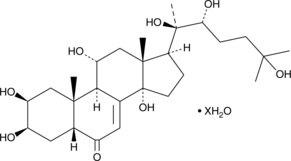
-
GC33827
Uric acid
Uric acid, scavenger of oxygen radical, is a very important antioxidant that help maintains the stability of blood pressure and antioxidant stress.

-
GC15168
Urolithin A
A gut-microbial metabolite of ellagic acid
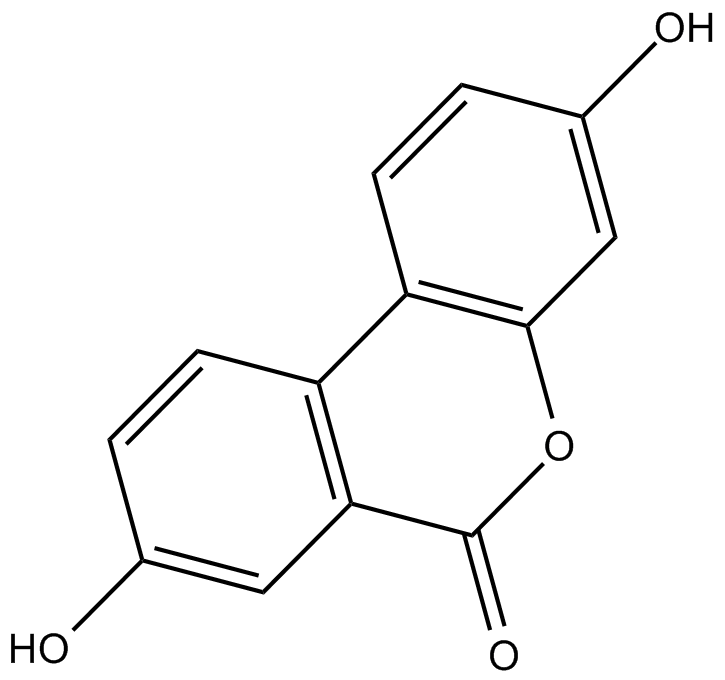
-
GC60377
Urolithin C
Urolithin C, a gut-microbial metabolite of Ellagic acid, is a glucose-dependent activator of insulin secretion.
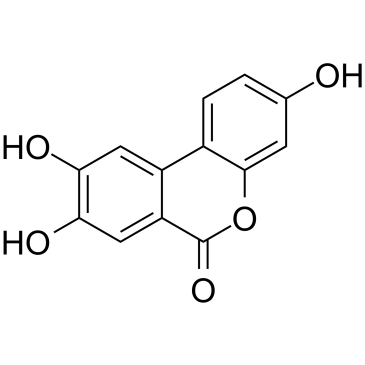
-
GC61371
Veratric acid
Veratric acid (3,4-Dimethoxybenzoic acid) is an orally active phenolic compound derived from vegetables and fruits, has antioxidant and anti-inflammatory activities.
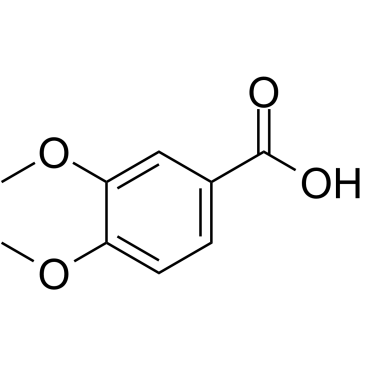
-
GC33632
Veratric acid (3,4-Dimethoxybenzoic acid)
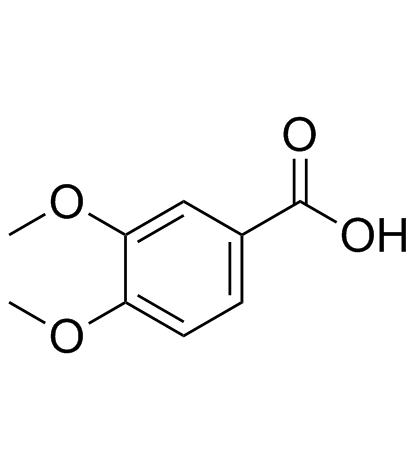
-
GC48247
Verrucarin A
A macrocyclic trichothecene with diverse biological activities
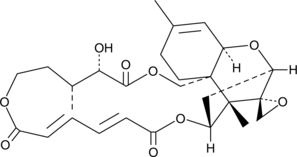
-
GC19377
Visomitin
Visomitin is a new antioxidant with the highest mitochondrion membrane penetrating ability and potent antioxidant capability.
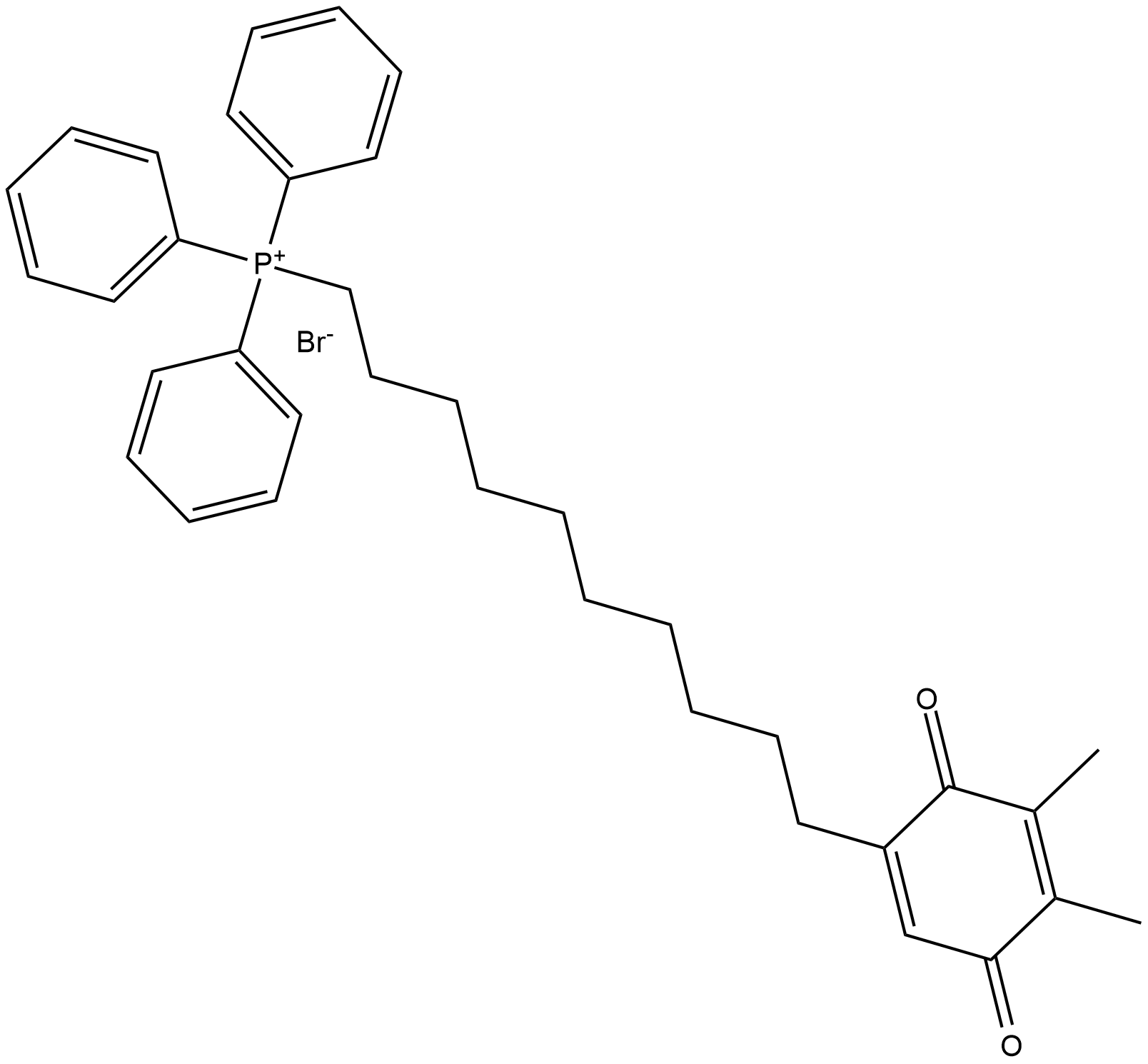
-
GC10042
Vitamin E
fat-soluble vitamin
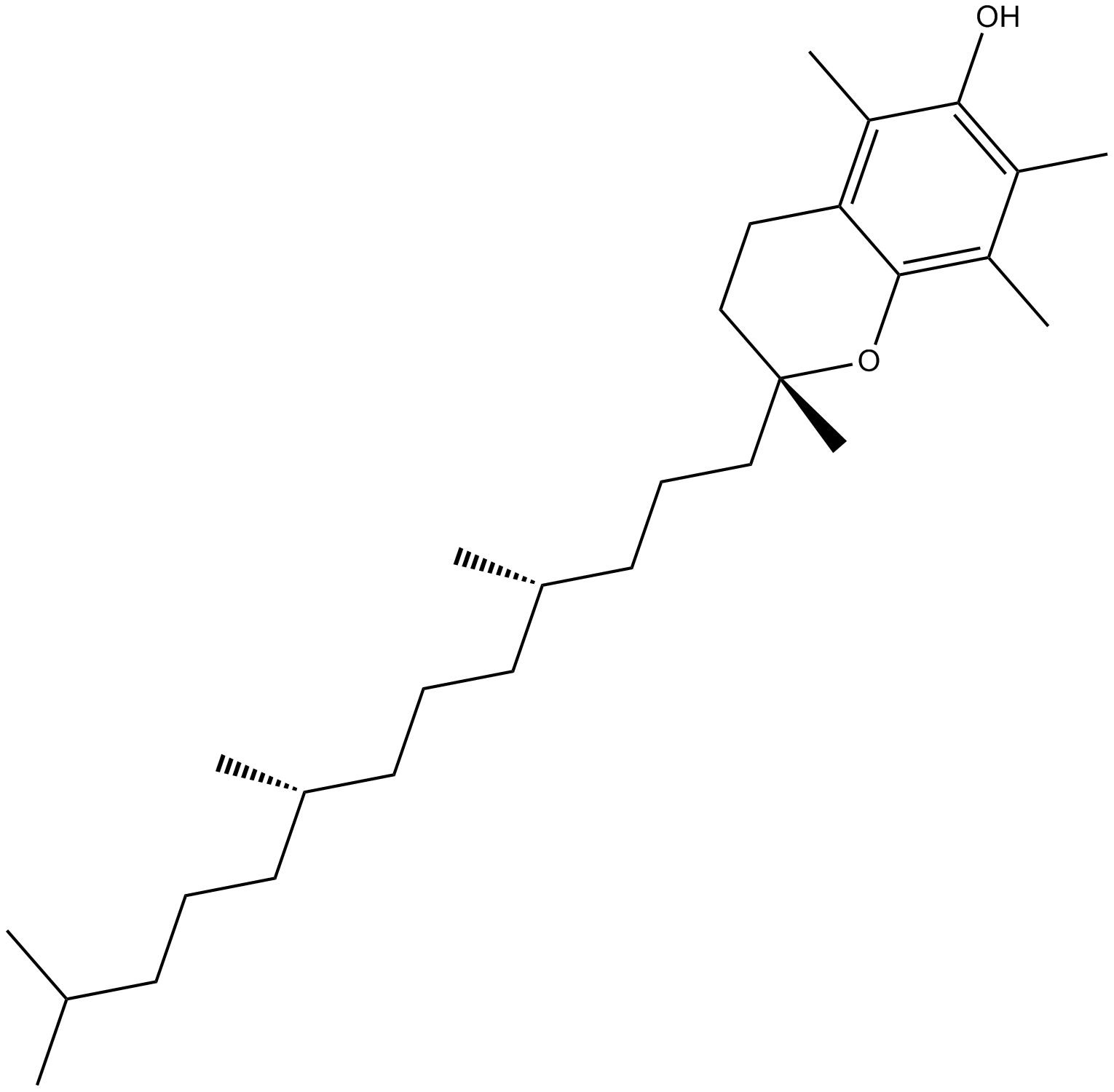
-
GC45595
Vulpinic Acid
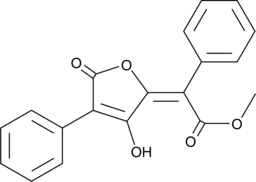
-
GN10074
Xanthotoxol
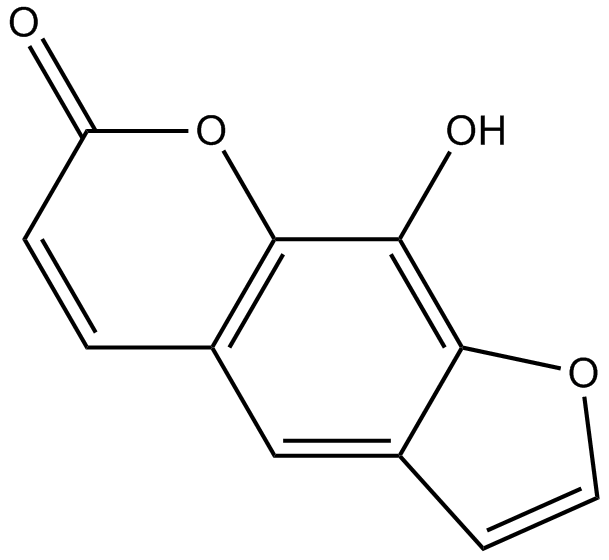
-
GC64552
XJB-5-131
XJB-5-131 is a mitochondria-targeted ROS and electron scavenger.
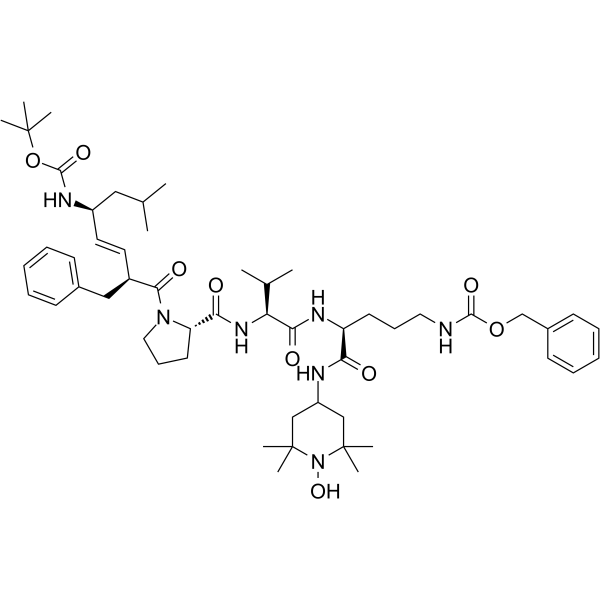
-
GC64127
Xylopine
Xylopine is an aporphine alkaloid with cytotoxic activity on cancer cells. Xylopine induces oxidative stress, causes G2/M cell cycle arrest and apoptosis in cancer cells.
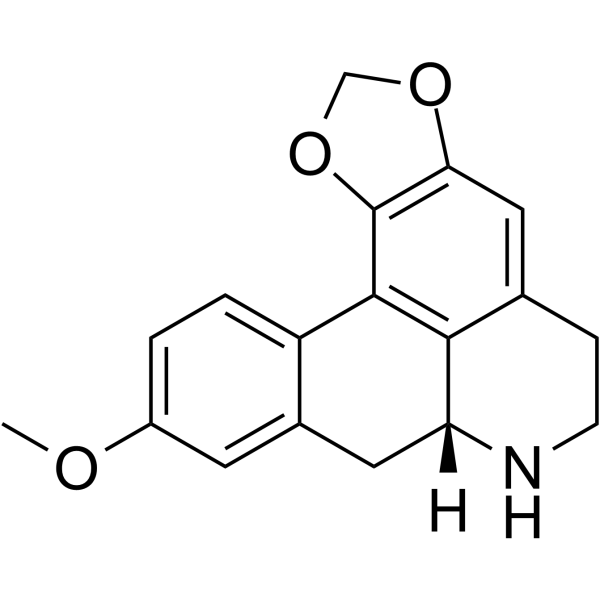
-
GC38399
Zinc Protoporphyrin
A heme oxygenase inhibitor
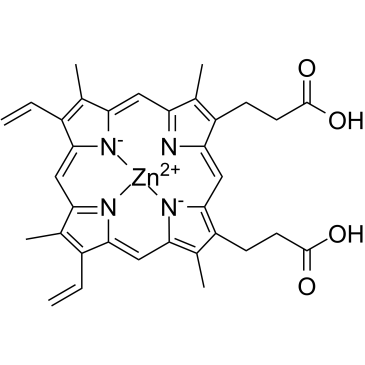
-
GN10650
Ziyuglycoside II
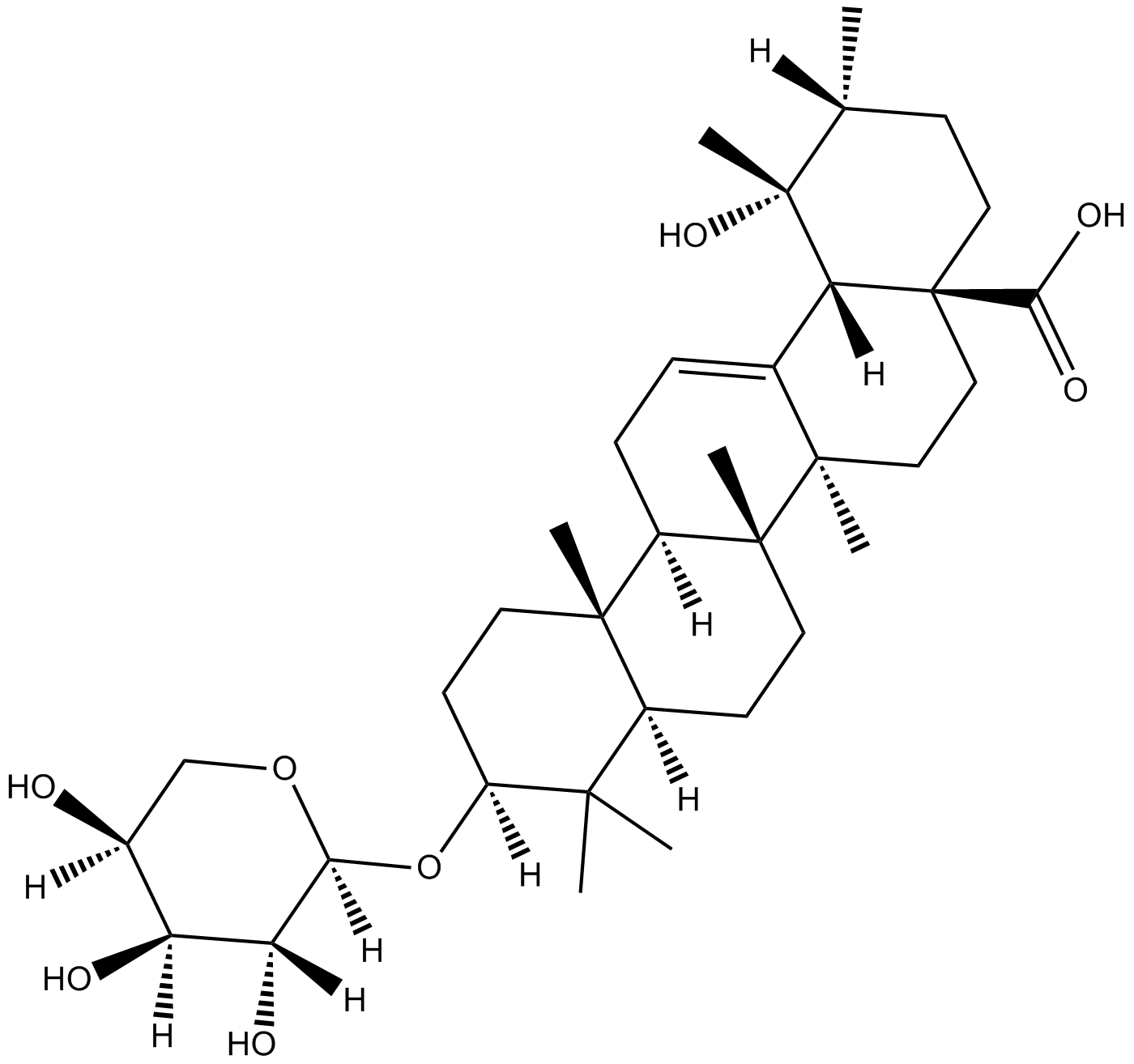
-
GC11513
Zofenopril calcium
angiotensin converting enzyme (ACE) inhibitor
